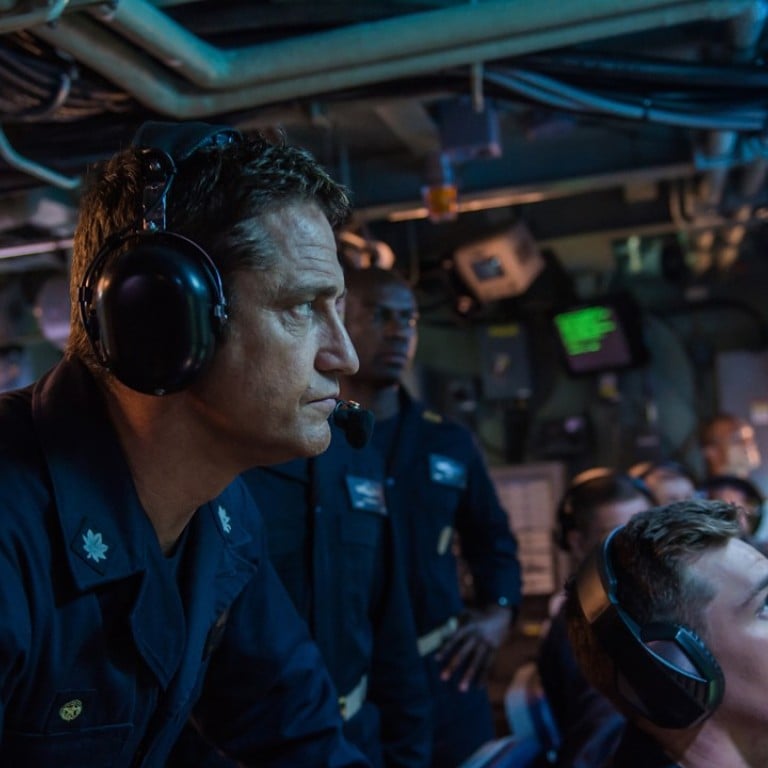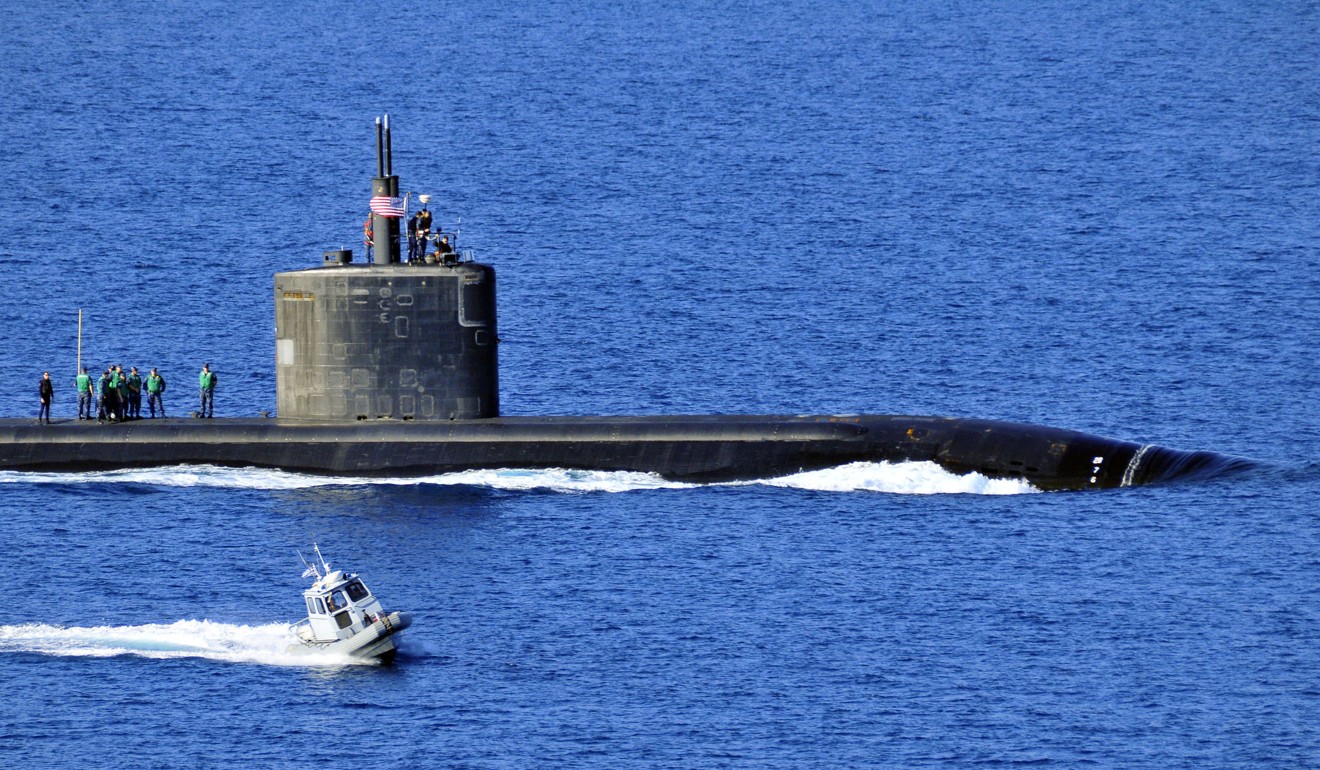
5 things that happen on a real ‘Hunter Killer’ submarine
- Angles and Dangles’ is a moving experience
- You could probably stay submerged forever, but you’d starve
You notice the stillness, most of all, once the nuclear-powered submarine USS Annapolis drops beneath the choppy surface offshore. The unwieldy-looking vessel cuts through the water like a cruising Cadillac.
My pre-departure decision to pop Dramamine (to fend off motion sickness) was an unnecessary step for USA TODAY’s exclusive journey aboard a real US Navy fast-attack sub, the vessel that’s the star of Hunter Killer, the action thriller in theatres now.
Fully nausea-free, I was able marvel at the 110-metre long underwater city that houses a crew of 170. Here’s what else blew me away during the day-long embark.

‘Angles and Dangles’ is a moving experience
It looks bizarre when Captain Joe Glass (Gerard Butler) takes his Hunter Killer submarine on such a steep ascent that he and his whole crew are seemingly blown backward with their feet nailed to the floor.
But “Angles and Dangles” is a legit exercise the US Navy undertakes once the crew hits deep water. Our submarine made both a 25-degree ascent, which pushed us all comically backward, and a 25-degree descent, pushing everyone forward.
The drill checks for items that aren’t properly stowed (“dangles”) and could come loose, making noise at a critical moment. The crazy descent also allowed for a pretty cool Superman one-fist-forward flying pose.
Hunter Killer film review: Gerard Butler, Gary Oldman in old-fashioned submarine adventure
You could probably stay down there forever, but you’d starve
Nuclear submarines are entire worlds unto themselves, capable of producing oxygen and distilling fresh water from salty seawater. So the maximum time underwater depends entirely on how much food can be crammed on-board (around 90 days worth, and no alcohol is allowed).
After even a few minutes, you almost forget you’re underwater, except for the thought that one bad navigational move (or enemy attack) means unthinkable death.
“That’s what make submarine movies so great,” says Butler.
“You’re trapped 1,000 feet below the surface, having to make gut-wrenching calls, knowing that if anything goes wrong, a horrific, agonising and terrifying death awaits you.”

Give up on personal space
You have to be OK with being physically close to other people while you’re working in tight spaces. Every stairway, every door requires avoiding crew members going the other way. Don’t even start with the crowded bunks, shared by crew members on different shifts (one sleeps, one works).
There was some privacy in the officers’ toilet, where a sliding door reveals instructions on how to use the protruding water-control handle.
But it’s not a place where you’d leisurely read the latest issue of Navy Times.
Actor Gerard Butler gives press briefing at Pentagon about new submarine action movie Hunter Killer
The captain never puts his screen down
If you think you have issues with phone screens, consider that Commander John Witte never gets away from his navigational screens or the job.
Even when he steps out of the control room, there are screens in his tiny quarters, and his seat faces a massive panel in the wardroom, the traditional officers’ mess.
During lunch, there was a surprise buzzing sound, and Witte pulled out a bulky phone intercom from beneath the tabletop to receive information, mid-hamburger, from another part of the ship.
The ‘flying’ bridge is unforgettable (even before the dolphins)
Alec Baldwin and Sean Connery chatting in the open air at the end of The Hunt for Red October is a classic moment. I knew that being outdoors on the sub surface atop the “flying” bridge would be great.
The climb up the complicated hatch ladders to daylight made it all the more inspiring.
Secured by a bulky harness to prevent an unfortunate overboard situation, watching the world pass as waves crashed over the bow was unforgettable. That was even before the dolphins appeared, jumping near the forward missile tubes.
USA TODAY reporter Bryan Alexander

